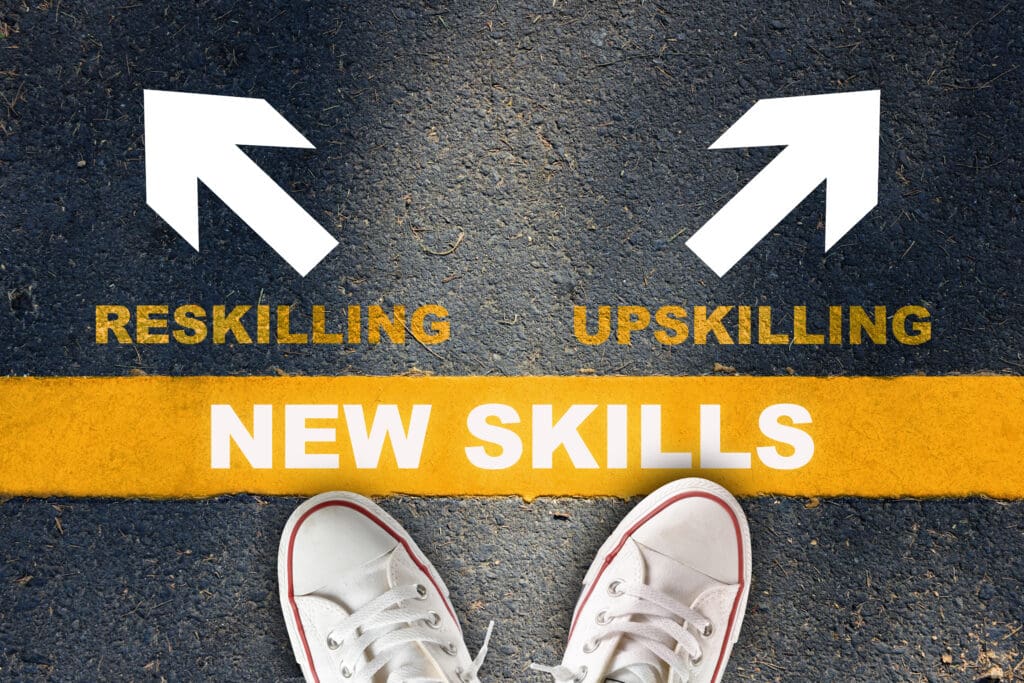As the industry has evolved, organizations are beginning to link training to specific business objectives.
By Amy Gurchensky
Over time, there has been a shift in how buyers have leveraged outsourced learning services. The 1990s through the early 2000s has been dubbed the “traditional training” era, which consisted of formal training around assumed needs, with generalized training content that was delivered via instructors in a classroom setting. The objective of outsourcing training during this time was largely focused on cost reduction, which was typically obtained via labor arbitrage. The outsourcing relationship was characterized as very vendor/vendee.
Following the traditional training period, HR executives were focused on leveraging learning business process outsourcing (BPO) services for access to best practices and expertise, with the buyer/supplier relationship viewed more as a partnership. This time period has been coined the “integrated training” era because deals often included a mixture of elements. It consisted of mostly formal training combined with some informal training, and content was personalized based on roles. It was delivered through blended formats, including instructor-led training (ILT) and e-learning.
Over the last few years, a portion of learning engagements have evolved into consultative partnerships that are focused on driving specific business or performance outcomes. This “performance training” era places a heavy emphasis on informal training with some formal training, often leveraging the 70/20/10 model. This division includes 70 percent of on-the-job experience, 20 percent mentoring and coaching, and 10 percent formal training methods. Additionally, content has been individualized and utilizes cognitive capabilities to create adaptive learning environments for each individual, with blended delivery favoring digital modalities.
The biggest difference that comes with the performance training approach is how organizations are selecting learning BPO services. Rather than looking at a catalog of learning BPO service offerings -learning administration, content, delivery, or technology services -the approach identifies a specific business objective that the organization is seeking to accomplish, then selecting a training method to achieve it.
Currently, the majority of learning BPO deals fall within the integrated training model, with between 15 and 20 percent of activity representing the traditional training approach, and between 5 and 10 percent of activity under the performance training model. Over the next few years, research predicts the demand for performance training will increase substantially.
With the performance training model, there are five common training objectives:
1. Strategic transformation. For organizations undergoing a significant change like a restructure or M&A integration, this type of training can help with strategic transformation and alignment to business objectives. The scope of services typically includes learning strategy, content services, and delivery, including ILT and virtual training, microlearning, and social collaboration components.
2. Revenues and competency. For organizations looking to increase revenues or employee competency/ proficiency as a result of launching a new product or service or entering a new market, training is often extended to either the enterprise or the extended enterprise. Services often include content, including curriculum design and content development/curation, as well as digital delivery services, with an emphasis on microlearning and just-in-time training.
3. Compliance. Organizations in high risk/consequence environments seeking to manage or mitigate risks by leveraging third-party content services, delivery, learning administration, and reporting. Key components of training include microlearning, simulations, and virtual reality.
4. Cost reduction. Usually one of the main drivers for training engagements, cost reduction leads to standardized processes and efficiencies. Services include learning administration, strategic sourcing, learning technology services, including sourcing LMS technology, as well as learning delivery services around facilities management and instructor provisioning.
5. Learner engagement. Organizations seeking to leverage technological innovations and provide continuous learning often use open learning platforms and personalized and social training methods. The scope of services includes technology solutions that supplement a LMS, delivery services via digital modalities, and learning administration for completion tracking and reporting.
In this mature and more sophisticated market, training objectives often drive services and selection. When it comes to cost reduction and learner engagement, be sure to review benchmarks and ROI results of service providers. For HR executives seeking to increase revenues and competency or ensure compliance, seek providers that can demonstrate the impact of Kirkpatrick level 3 analytics to the training material. If strategic transformation is the main driver, consider providers that have experience with consulting and strategy elements, including needs and gap analysis as well as learning optimization roadmaps.














